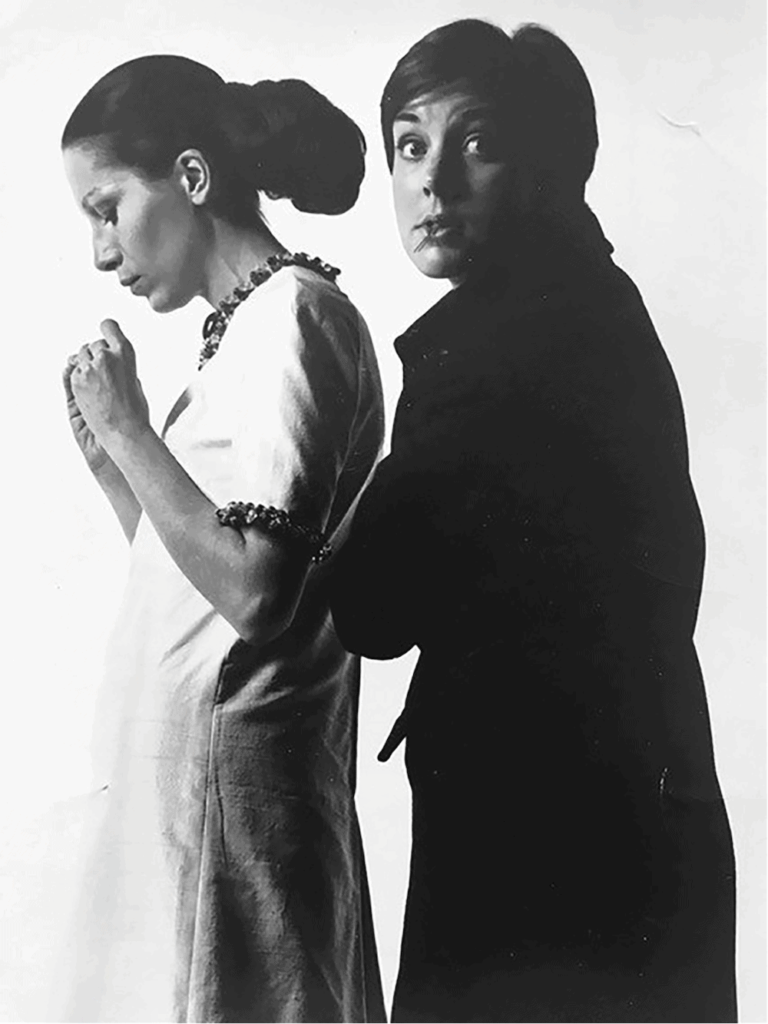Community header template
- Home
arrow_drop_down
- News
arrow_drop_down
- What’s On
- Local Information
arrow_drop_down
- Community Groups
arrow_drop_down
- Business Support
arrow_drop_down
- Advertising Rates
- Business Networks
- Akin Arundel
- Arundel Chamber of Commerce
- Consultants, Admin Support & Office Space
- Film Location & Production Support
- IT & Technical Support
- Legal, Financial Planning, Accountants And Insurance
- Local Publications And Media
- Marketing, Printing & Digital
- Business Newsletter
- Local Directory
arrow_drop_down
- Estate & Lettings Agents & Architects
- Health, Beauty & Wellbeing
- Home & Gardening Services
- Legal, Financial Planning, Accountants And Insurance
- Photographers, Fashion & Lifestyle
- Retirement, Care & Funeral Services
- Travel, Holidays & Languages
- Tradesman, Builders and Property Services
- Vehicle Repairs, Storage, Hire & Taxi Services
- Weddings, Events & Entertainment
- Contact
A Profile of Felicity Lock

Originally published Winter 2020, by Gill Farquharson
Felicity Lock’s foray onto Instagram in 2016 gave a whole new impetus to her design career, not least by attracting the attention of The White Company. Oliver Hawkins, a fellow art college student in the 60’s, recounts her life and times.
WHEN the Editor asks me to profile someone for The Bell the chances are that I will know them or have come across them in the town, but it’s unusual for it to be a friend I’ve known for over fifty years. Back in September 1962, the month President Kennedy declared that the USA would put a man on the moon, and the USSR started shipping arms to Cuba, Felicity and I arrived as new students at the West Sussex College of Art in Worthing. With typical fashion sense she remembers what she wore- a black polo neck sweater, black mini skirt, mid-thigh- a nod to Juliette Greco and the beatnik generation, but with a flair that announced great things to come.
It was a good time to be an art student: in fact a great time to be a student at all, with generous grants and high levels of tuition that would be unthinkable today
It was a good time to be an art student: in fact a great time to be a student at all, with generous grants and high levels of tuition that would be unthinkable today. Our timing was perfect – creativity was exploding everywhere – David Hockney had dazzled at the Royal College of Art, and Terence Conran was preparing to open his first Habitat shop in Chelsea. But it was the fashion scene that really took off- mini-skirts, op-art dresses, heavy black kohl eyes and very long boots. Mary Quant led the way. Barbara Hulanicki followed with Biba in Kensington Church Street, and every fashionable girl shopped there. What brought everything together was a generation of fashion photographers- Norman Parkinson, Richard Avedon, Helmut Newton were the masters but cocky, confident David Bailey tore up all the rules, with his muse Jean Shrimpton bringing the clothes to life.
At college, Felicity specialised in fashion design and making, but had access to all the other departments which set her up for a broadly-based design career. Thinking she didn’t have the talent to be a dress designer, she applied to Vanity Fair and Harper’s Bazaar – no vacancies at either but the then Fashion Editor of Harper’s, Maggie Buchanan, rang and offered her a job in the post room. Felicity jumped at it for £7 a week. After three months, she was promoted to Shop Hound Editor- two half pages at the back of the magazine featuring Accessories. Also working with the fashion team, she was involved styling shots in cold studios all over London most memorably at The Pheasantry on Kings Road. Top models, fantastic photographers, loud Crosby, Stills & Nash blaring out, and copious amounts of wine to get the models to relax. Memorable among many highlights at Harper’s Bazaar were being on the top of Apple Studios watching the Beatles record All you need is Love and visiting Prague on a Bohemian glass tour and seeing Russian tanks in Wenceslas Square.
After a spell with Alisa Garland on the short-lived Fashion publication Felicity went back to Harper’s, now merged with Queen, as assistant fashion editor, allowing all the privileges of front row seats at the Paris fashion shows. She must have been sorely tempted when Maggie Buchanan, having moved to New York, asked her to join her on the fashion team at American Bazaar, but at this point her discriminating eye had settled on young, sporty farmer Ian Lock, a member of the Sussex farming dynasty. She was married in a Nina Ricci wedding dress that she can almost fit into today; going- away outfit a mid-thigh pale pink Courreges-inspired dress by Bill Gibb. Now living in East Lavant at the farm, Felicity taught beauty therapy and hairdressing students on day release. Their attitude to her was transformed when they found she was prepared to stay after class and chat; some had difficult home lives and had no one else to talk to. Years later there would be a shout across East Street in Chichester saying ‘Mrs Lock, you saved my life, I’ll never forget you’
Not one to ever say no, when Felicity was asked to do the interiors for the American Chemical Bank on the Avenue Foch in Paris, she jumped at it.
Not one to ever say no, when Felicity was asked to do the interiors for the American Chemical Bank on the Avenue Foch in Paris, she jumped at it. With no experience in the field, she asked a local interior designer if she could use all her books and contacts to produce mood boards to take to Paris. Not content with the choice of fabrics, Felicity commissioned the Isle of Bute weaving mill to produce a deep navy, taupe and white tweed for the boardroom and reception seating. After many trips on the ‘red eye’ her presentation was accepted- an American Bank with a French workforce and a British designer- tricky! Later, she did the Interiors for Cadogan Estate in London- two prestigious blocks of apartments on Sloane Street- many private homes, and the Itchenor Yacht Club.
Selling the farm in 1990 was heartbreaking but these were hideous times with high bank rates and low prices for grain. Now with three children, Ian and Felicity moved to North Cornwall, a place they’d known for years. Their son Edward was at Prebendal School in Chichester and every Wednesday, one of them would drive the 211 miles to watch him play cricket then shoot off back to Bodmin.
In 1997 they returned to Sussex and Felicity once again had interior design commissions, but she now had a longing to go back to Art School to learn how to observe well and draw. Luckily Piers Ottey was close by at his Mill Studio, and nine years ago she enrolled on his ‘Elements of Drawing’ course. Piers was a demanding tutor but that’s what she wanted- to be told she could do much better was hard, but when Piers loved a piece it was so worthwhile. Her first exhibition in 2014 was part of the Arundel Art Trail. Rowland Leach at The French Loft offered Felicity the whole ground floor to hang her ten drawings. It was a perfect industrial setting for her very large work and was a great success. At a later exhibition there, every piece sold, allowing her to find keen buyers for her exquisitely detailed drawings and commissions ever since.

In 2016, Felicity’s granddaughter Mary suggested she set up an Instagram page showing fashion, design and her drawings. This has been life changing, not only selling her drawings to collectors all over the world, including a commission for four works for Lady Bamford at Daylesford, but opening up a new career with The White Company, working on their 2021/2 clothes collections.
Remembering our early days at the Art School in Worthing, Felicity is still full of appreciation for all she learnt there and the generous encouragement of the tutors who believed in her. Having by her own admission gained very little from her schooling- definitely a late developer- it was in the studios at Union Place, now sadly no more, that she developed not only a set of skills across all design fields but the confidence to apply them wherever the opportunity arose and, most important of all, the desire to go on learning. How delightful that a granddaughter has been able to play a part in that continuing learning process.
